Ten years ago, I wound a spool of thread around a bent-up steel tomato cage for no reason at all. The idea of using thread to make art never entered my mind. I was just playing.
Trained as an architect, I thought in terms of solid things made from serious materials like concrete, glass, wood and steel. I had no affinity for textiles of any kind. Thread was soft, formless and barely visible. It also came in colors, which any sophisticated architect would be suspicious of. Furthermore, I found it difficult to handle, and I was surely not using it for what it was intended.
As I continued to wrap the deformed metal frame, a surface began to emerge. Not a solid surface, but an intricate, transparent one that allowed the entire volume of the cylindrical shape to be seen at once. As the lines of thread multiplied, their color intensified and light played off them. It was magical. I realized that textiles were none other than surfaces like the one I was making, only more solid. I became fascinated with the idea of an in-between surface, neither solid nor completely transparent.
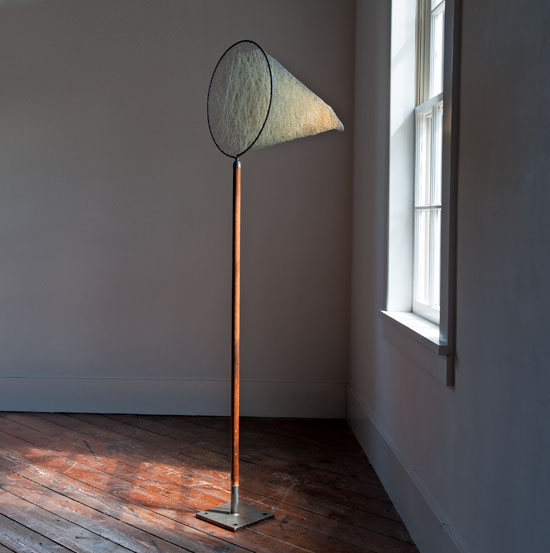
6rw Skimmer, Randy Walker, old cheese curd skimmer, nylon thread, steel base, 67.5″ x 21.5″ x 15.25″, 2008
Pleased with my three-dimensional creation, I went to the sewing store and bought an entire shelf of this thread. I searched for other things to wrap and found saw blades and kitchen sieves, a badminton racquet, scythes, and all manner of rusty implements to be ideal for my fibrous interventions. With each framework, I had to invent a way of adapting the fiber, and it was unknown and exciting territory.
I eventually discovered the work of Naomi and Masakazu Kobayashi, and from there browngrotta arts. I realized that browngrotta represented a small yet international community of artists that were pushing the traditional boundaries of textile arts. It was a place where art, craft, sculpture and architecture merged, unbounded by narrowly defined categories.
Over the years, I have continued to search for objects and spaces for my artistic investigations in thread. My explorations have led me to investigate the possibilities of fiber as a workable medium in architectural settings. At this large, public scale, I have used found objects and spaces that include an abandoned corncrib, concrete grain elevator, a historic wrought iron bridge and urban water fountains. Using fiber in the public realm challenges accepted notions of permanence and process traditionally associated with public art. I find that I must invest time not only in my art making, but in the research and development of fiber technology. On a more philosophical level, fiber has caused me to reflect deeply on what I am trying to do as an artist, and where my work is taking me.
Most of the time I am up to these challenges, but I have set out on a lonely and meandering artistic path. browngrotta is for me a beacon. I have only to look through these artists’ work to remind me of the unlimited and largely unexplored potential of this medium.
Randy Walker
November 2012

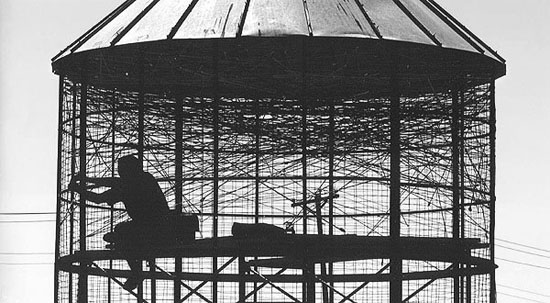
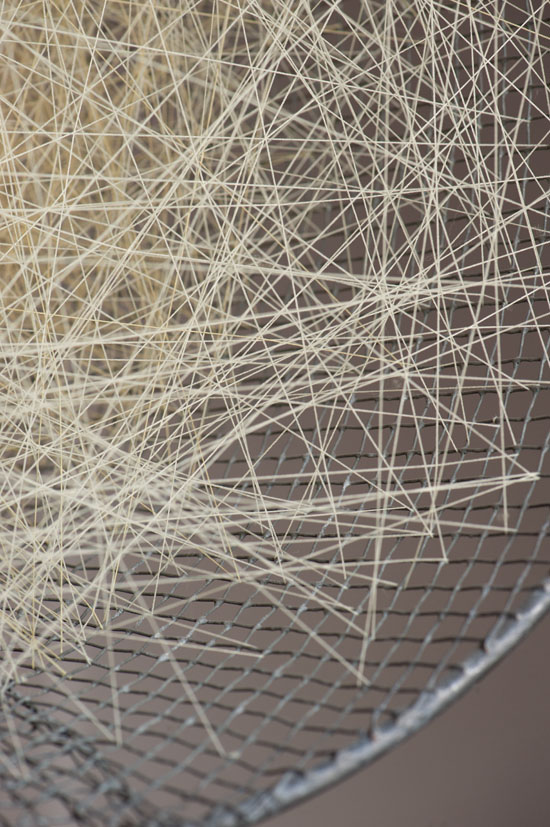
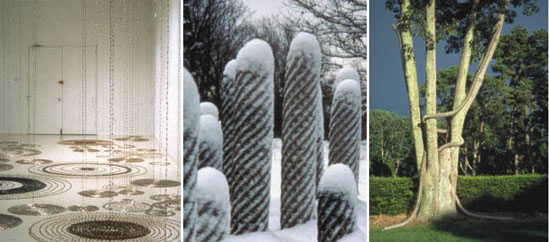
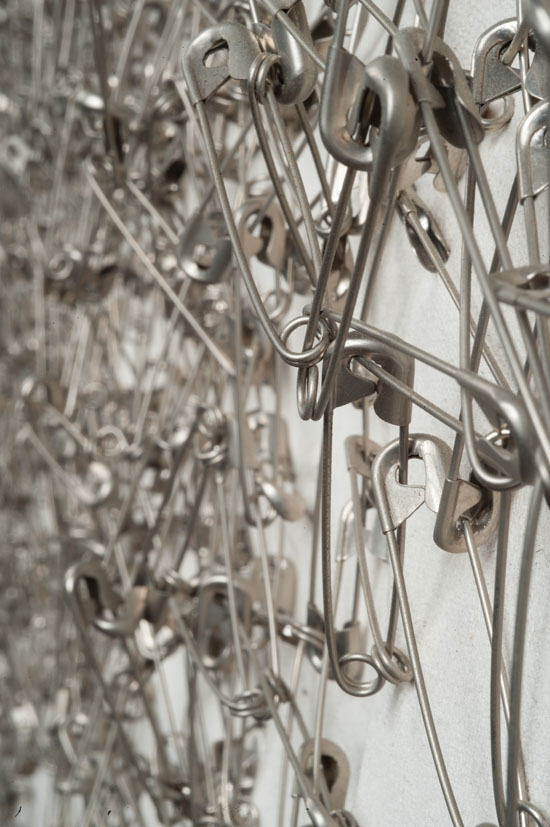
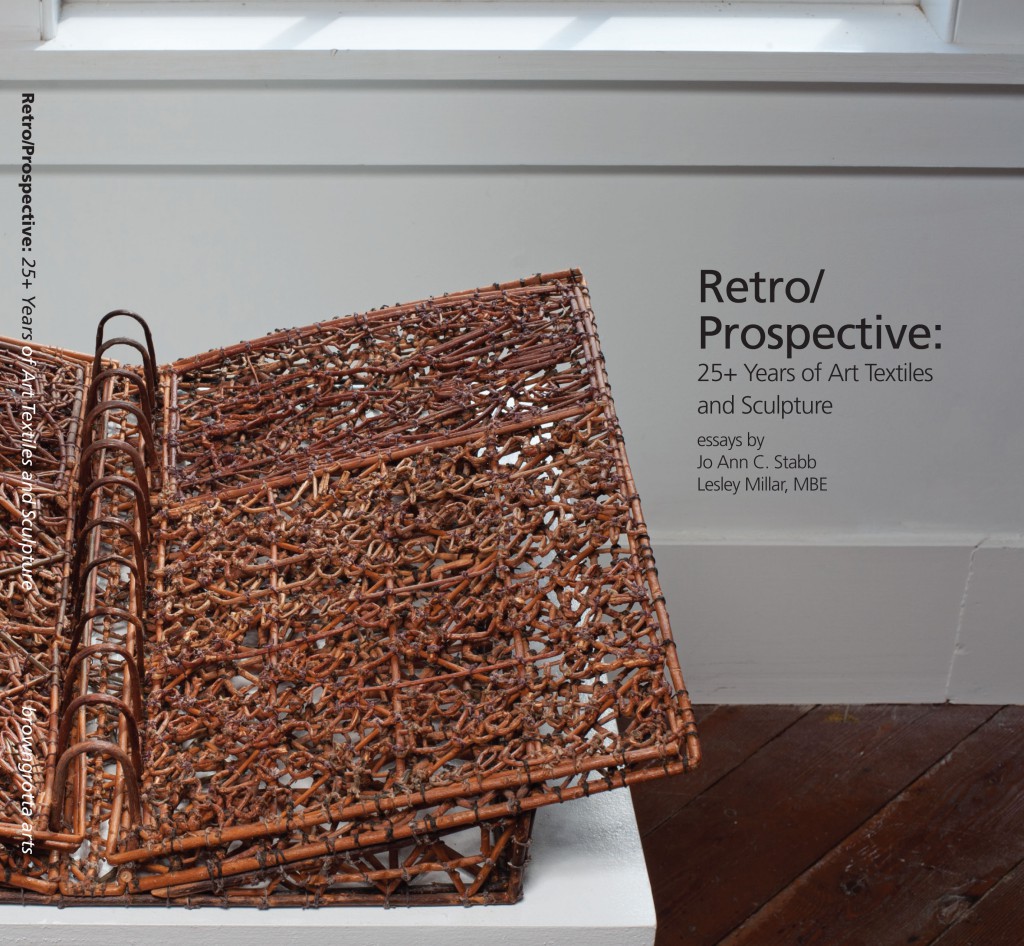

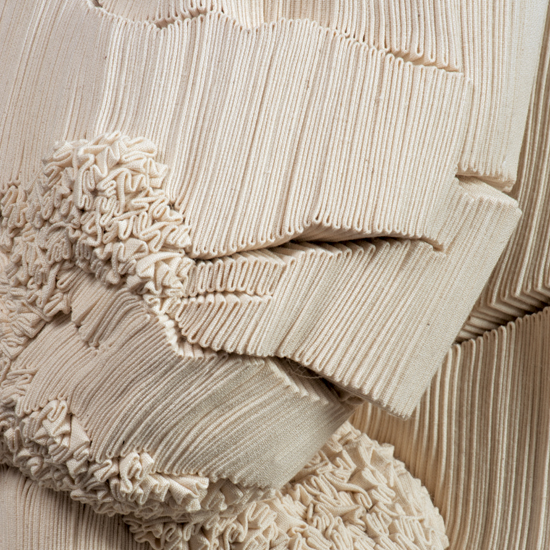


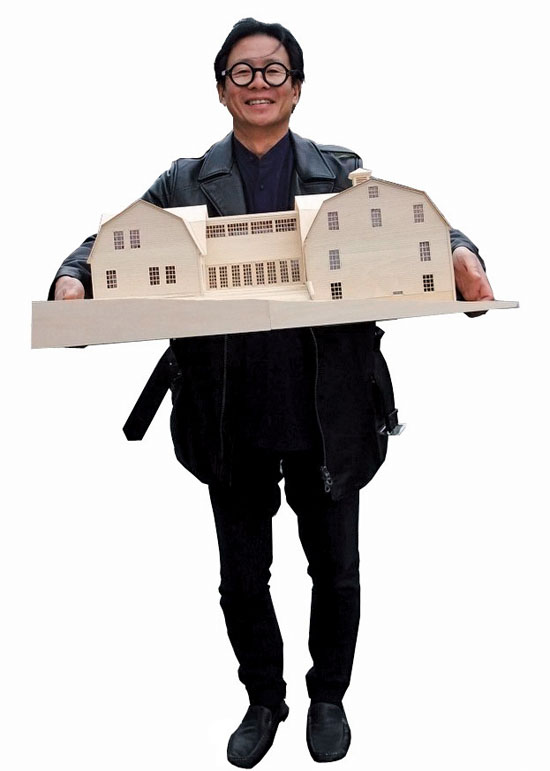

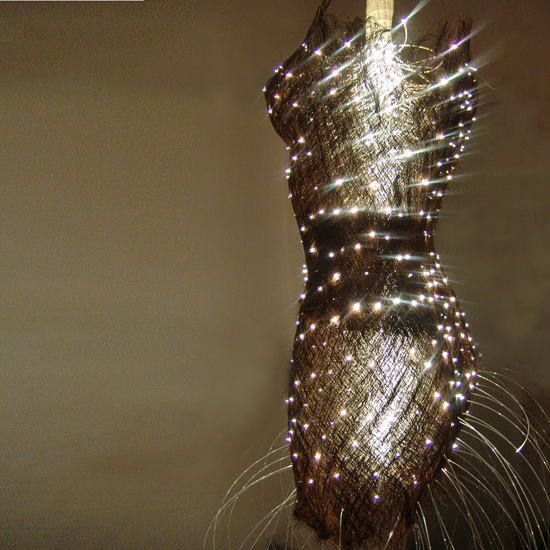

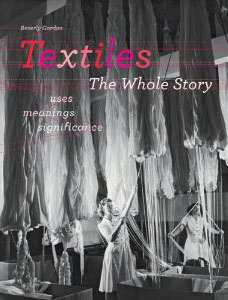
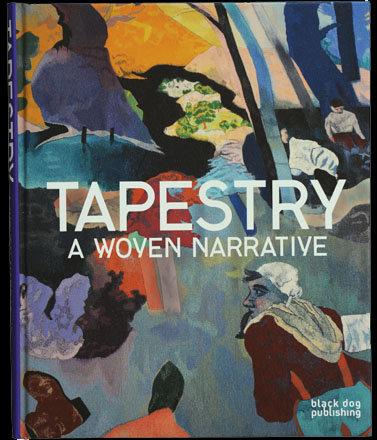
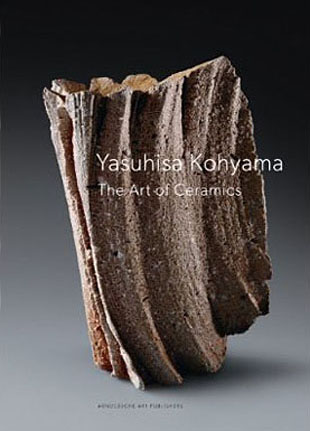
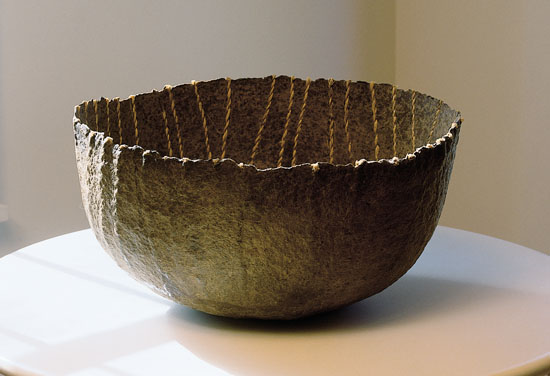
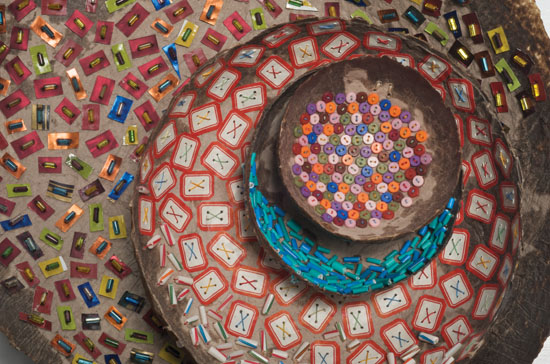
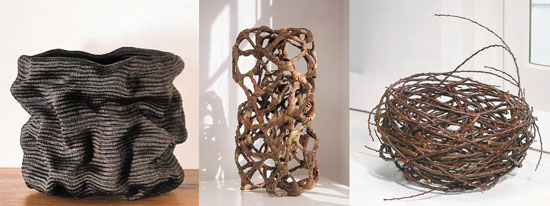



Looking Forward/Looking Back: John Perreault
Anda Klancic, Lenore Tawney, Lewis Knauss
photos by Tom Grotta
“It is, in fact, the haptic, or touchable, nature of fiber art that throws off most art critics: they are only comfortable with the optic, granting tactile values a very low position on the aesthetic totem pole. In fiber art one cannot avoid the haptic and the haptic/optic conflict or, more graciously, the haptic/optic interplay. How fiber art looks is only part of the picture.
Dani Marti, Carolina Yrarrázaval, Sherrie Smith
Thus it is awkward, to say the least, that the English language and most particularly the critical language, is haptic-poor. Poetry can sometimes make amends, but is in itself an extremely specialized discourse, prone to enthusiasm at the expense of illumination. In the past the art critical language has been applied to some rather outrageous art: Earth Art, Anti-Form, Performance, Body Art, Conceptual Art, Patterning and Decoration. From this it may be gathered that any material criterion for art has been dislodged. Futurism and Dada insisted that art could be made of anything. If a pile of dirt, in certain cases, can be art, then why not a pile of fibers? If art can be made on a printing press, then why not on a loom? If art can be made by tossing molten lead against a wall, then why not by knotting threads? If art can quote the great “crafts” traditions, why cannot present day explorations of these materials and techniques be art too?”
Marian Bijlenga, Eva Vargo, Carolina Yeonsoon
photos by tom Grotta
John Perreault
then-Visual Arts Director, The Cultural Center
Staten Island, New York
From “Fiber Art: Gathering the Strands,” Fiber r/evolution, Milwaukee Art Museum, 1986